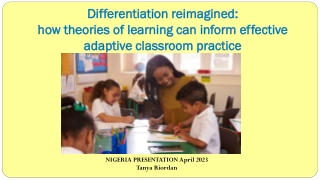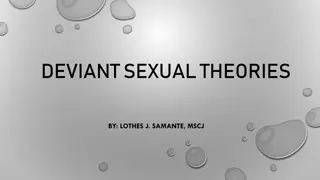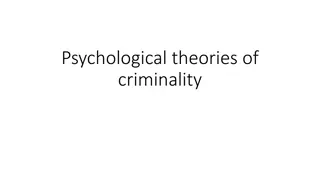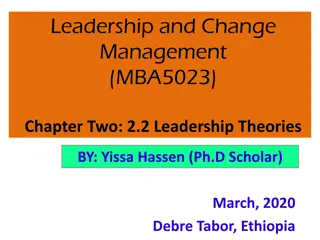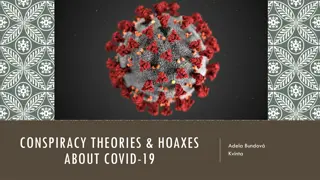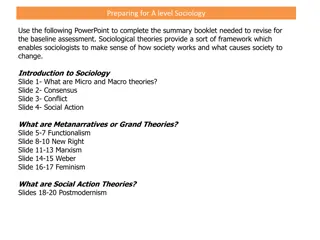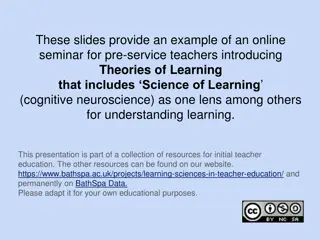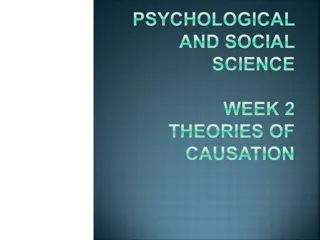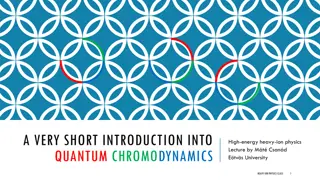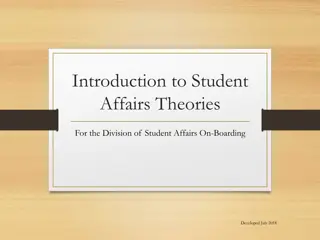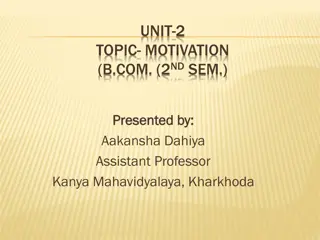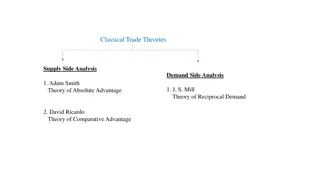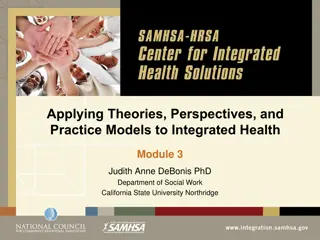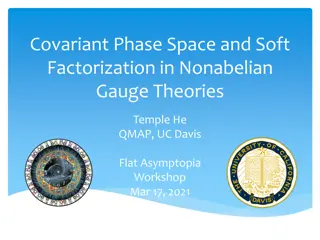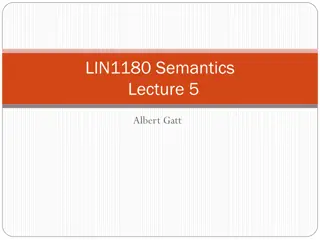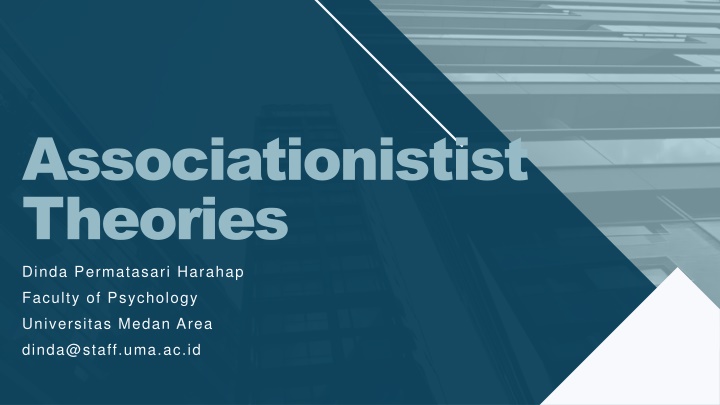
Associationistist Theories Explained: Learning and Thought Connection
Dive into the world of Associationism, a theory connecting learning to thought based on causal history principles. Explore its applications in learning, thinking, mental structures, and thought implementation, including classical conditioning and contiguous conditioning. Understand how stimuli and responses become associated, featuring insights from prominent figures like Edwin Ray Guthrie.
Download Presentation

Please find below an Image/Link to download the presentation.
The content on the website is provided AS IS for your information and personal use only. It may not be sold, licensed, or shared on other websites without obtaining consent from the author. If you encounter any issues during the download, it is possible that the publisher has removed the file from their server.
You are allowed to download the files provided on this website for personal or commercial use, subject to the condition that they are used lawfully. All files are the property of their respective owners.
The content on the website is provided AS IS for your information and personal use only. It may not be sold, licensed, or shared on other websites without obtaining consent from the author.
E N D
Presentation Transcript
Associationistist Theories Dinda Permatasari Harahap Faculty of Psychology Universitas Medan Area dinda@staff.uma.ac.id
Whats Associationism? Associationism is a theory that connects learning to thought based on principles of the organism s causal history.
Whats Associationism? Associationism can be used as a theory of learning (e.g., as in behaviorist theorizing), a theory of thinking (as in Jamesian streams of thought ), a theory of mental structures (e.g., as concept pairs), and a theory of the implementation of thought (e.g., connectionism).
Associationism as a Theory of Learning
Pavlov introduced the concept of classical conditioning as a modernized version of associative learning. Ivan Pavlov
Most learning theories can be thought of as attempts to determine the rules by which stimuli and responses become associated. Edwin Ray Guthrie
Law of Contiguity A combination of stimuli which has accompanied a movement will on its recurrence tend to be followed by that movement.
THE REGENCY PRINCIPLE Recent stimuli will form associations with an action or movement than previous stimuli MOVEMENT- PRODUCED STIMULI Which are caused by movements of the body. If we hear sound and turn toward it, the muscles, tendons, that caused to move
Reward was merely a mechanical arrangement which he felt could be explained by his own law of learning. Reward
Forgetting Also occurs in just one trial. Occur when one habit prevents another due to some stronger stimuli
Threshold Introduce weak stimulus. Increase stimulus but keep it below threshold value that will produce unwanted response FATIGUE Force the child to make unwanted response repeatedly in presenting stimulus METHOD OF CHANGING HABIT
Punishment Works not because of the pain experienced by the individual but because it changes the way he responds to certain stimuli
Maintaining stimuli that keep the organism active until a goal is reached. Drives Responses that are conditioned to maintaining stimuli Intention
Transfer of Training The best place to study is in the room where you are going to be tested because all the stimuli in that room will associated the information that you re studying.
Stimulus Sampling Theory, was an attempt to develop a statistical explanation for learning phenomena. William Kaye Estes
SST was conducted using probability or verbal learning experiments, limiting its application to other types of learning. Application Different stimulus elements become available or unavailable for sampling due to external or internal variations Example


